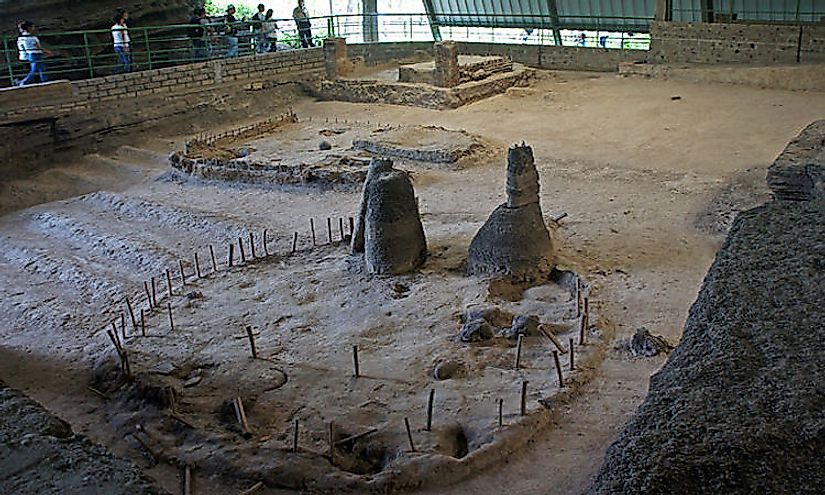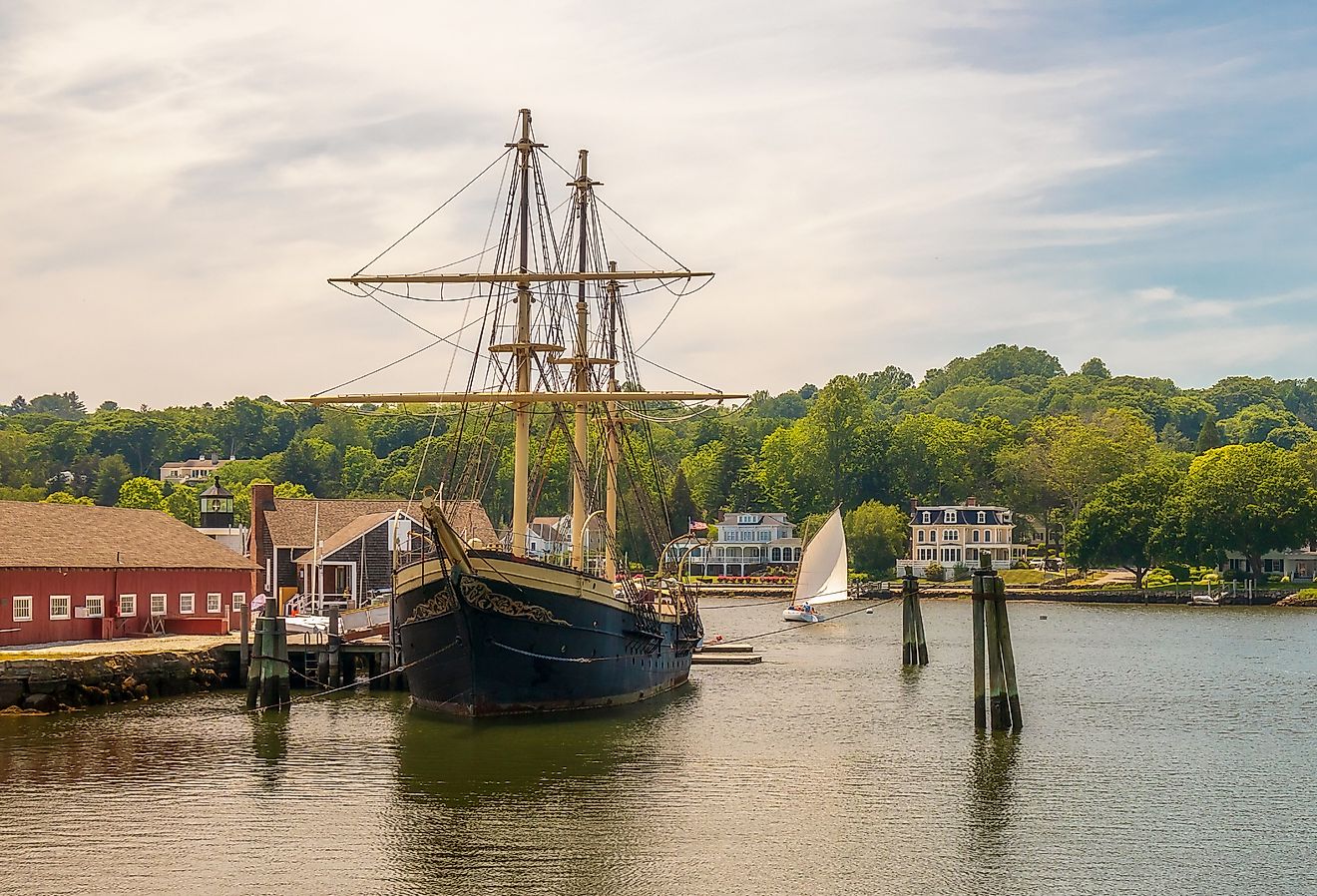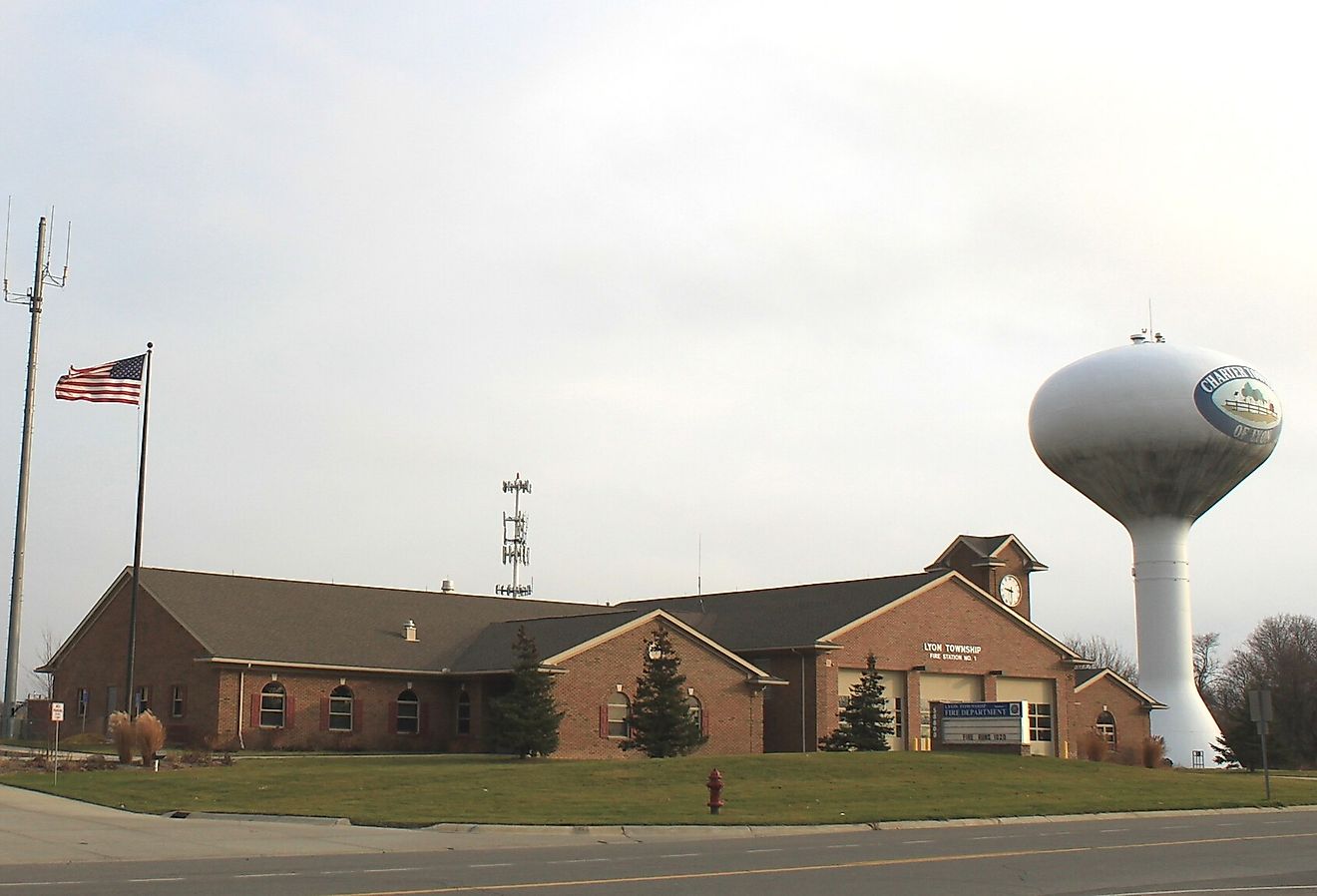Joya de Cerén Archaeological Site In El Salvador

5. Description and History -

The Joya de Cerén Archaeological Site is located in the small Central American country of El Salvador, in the La Libertad Department. The site is the El Salvador's only UNESCO World Heritage Site, having been designated as such in 1993. The Joya de Cerén Archaeological Site was a pre-Hispanic farming town that was part of the Mayan civilization, which was the dominant culture in Central America until the Spanish conquest eventually led to the last independent city falling in 1697. The town, much like the famous city of Pompeii in Italy, ended up being buried under volcanic ash from the eruption of the nearby Laguna Caldera volcano around 600 AD and was then forgotten to time until it was accidentally rediscovered in 1976.
4. Tourism and Education-
The Joya de Cerén Archaeological Site is located about 3.47 miles (5.6 kilometers) away from the nearby municipality of San Juan Opico. Tourists going to the site can observe the ruins of the ancient Mayan town and see what life was like thousands of years ago before the arrival of Europeans into the New World. Besides the ruins themselves, there is also an on-site museum for tourists to visit and learn more about the site's history. A visit to the site takes about an hour and a tour guide helps the tourists through the ruins and the museum, informing them about the site. The price of entry is also cheap, costing only $1 USD for Salvadorans and other Central Americans and $3 USD for all other foreigners. There is also parking for vehicles at the site and a snack bar with a picnic area for tourists to relax and eat.
3. Archaeological Uniqueness -

Like the fabled city of Pompeii in Italy, the Joya de Cerén Archaeological Site is as close to taking a trip back in time as archaeologists and historians can get when it comes to studying how the average Mayan lived. The site of Joya de Cerén is believed to have been possibly inhabited as early as 1,200 BC and was continuously inhabited until about 500 AD when the area was covered in thick volcanic ash from the nearby IIpango volcano, which is now a crater lake called Lake IIpango.
The site was abandoned but was soon resettled once crops could be grown again. Then, at some point around 600 AD, the Loma Caldera eruption permanently buried the town under ash. Due to the nature of the eruption the artifacts and architecture of the town are preserved in the original positions they were in over 1,400 years ago. The site is considered to be the best-preserved example of a Mesoamerican village. So far in the decades of excavation at the site, various buildings, a sauna, garden materials, religious items, cultivated fields and more have been uncovered and the site has still not been fully excavated. The site is also noted for being the first time that evidence of the cultivation of cassava, also called yuca, has been discovered at a New World archaeological site.
2. Nature, Sights, and Sounds -
The Joya de Cerén Archaeological Site is located in the Zapotitán Valley, a rugged area with forest and native vegetation around it. The site itself is colorless due to the volcanic ash and dirt, with the buildings at the site being made out of stone. At the site, the remains of the various buildings remain, including parts of houses, porches and other areas. Many are currently still in the process of being excavated. Most of the site is also covered in protective roofing to protect the remains at the site.
1. Threats and Conservation Efforts -
The Joya de Cerén Archaeological Site is managed and protected by the Ministry of Culture, under the supervision of the government of El Salvador. It is also protected by the national laws of El Salvador and the international treaties that the government has ratified. Due to the ash from the volcano the structures and materials at the site are incredibility well preserved, but maintaining the site's integrity still has challenges. Some of the remains at the site are very fragile and it's a challenge for archaeologists to maintain their integrity. The Joya de Cerén Archaeological Site needs to be reviewed and monitored constantly by the conservation experts and archaeologists on site. For its long-term integrity, the site should have protective roofing set up over the ruins, to protect them from potential physical damage from earthquakes, heavy rain, and other elements.











